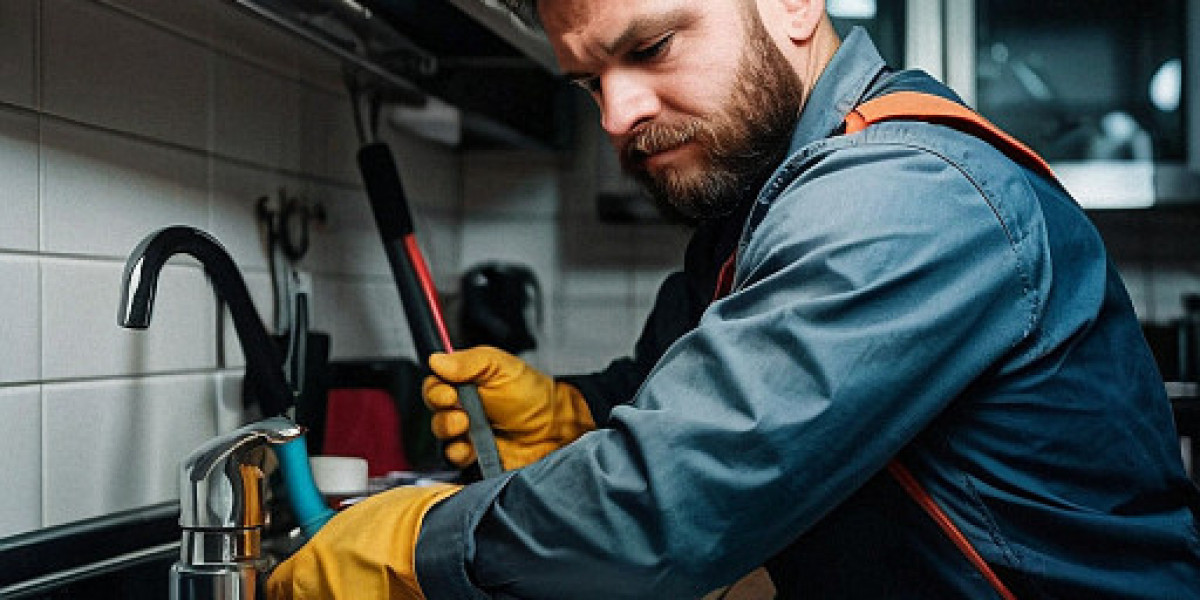Night hunting for hogs presents a unique set of challenges and thrills. As the sun dips below the horizon, the world transforms, and so do the strategies required for a successful hunt. This guide on Mastering Hog Tracking After Sunset: 10 Essential Night Hunting Tips will equip you with the knowledge and techniques needed to enhance your nocturnal hunting skills.
1. Understanding Hog Behavior at Night
Hogs are nocturnal creatures, making them more active and easier to track after sunset. They tend to forage for food and move in groups, which can be advantageous for hunters. By understanding their behavior, you can predict their movements and increase your chances of a successful hunt.
2. Utilizing Night Vision Equipment
Night vision equipment is crucial for tracking hogs in the dark. Whether you opt for night vision goggles, scopes, or thermal imaging devices, these tools will enhance your visibility and help you spot hogs from a distance. Remember to familiarize yourself with the equipment before heading out to ensure smooth operation in the field.
3. Choosing the Right Hunting Location
Location is key when it comes to night hunting. Look for areas with signs of hog activity, such as tracks, wallows, and rooting. Agricultural fields, water sources, and dense cover are prime spots to find hogs. Scouting these areas during the day can provide valuable insights for your night hunt.
4. Silent Movement and Stealth
Hogs have keen senses, especially their hearing and smell. Moving silently and minimizing your scent are critical for a successful hunt. Wear scent-blocking clothing and use the wind to your advantage. Slow, deliberate movements will help you stay undetected as you track your prey.
5. Using Bait and Attractants
Baiting can be an effective strategy for night hunting. Corn, acorns, and commercial attractants can lure hogs to your hunting area. Place the bait in a location with good visibility and cover, allowing you to observe and take a shot without being detected.
6. Employing Trail Cameras
Trail cameras are invaluable for monitoring hog activity. Set up cameras in potential hunting spots to gather information on hog movements and patterns. This data will help you plan your hunt and increase your chances of encountering hogs during your night expedition.
7. Safety First: Navigating in the Dark
Safety should always be a priority when hunting at night. Carry a reliable flashlight or headlamp, and ensure you have a clear understanding of the terrain. Familiarize yourself with the area during daylight hours to avoid hazards and navigate safely in the dark.
8. Effective Communication
If hunting with a partner, establish clear communication signals to avoid confusion and ensure safety. Use hand signals or low-volume radios to coordinate movements and share information without alerting hogs to your presence.
9. Patience and Persistence
Night hunting requires patience and persistence. Hogs may not appear immediately, and it can take time to track them down. Stay vigilant and remain in your chosen location for an extended period to increase your chances of success.
10. Ethical Hunting Practices
Always adhere to ethical hunting practices. Ensure you have the necessary permits and follow local regulations. Respect the environment and other wildlife, and aim for a clean, humane shot to minimize suffering.
By following these Mastering Hog Tracking After Sunset: 10 Essential Night Hunting Tips, you'll be well-prepared for the challenges and rewards of night hunting. Remember, the key to success lies in understanding hog behavior, utilizing the right equipment, and maintaining a stealthy approach. Happy hunting!






